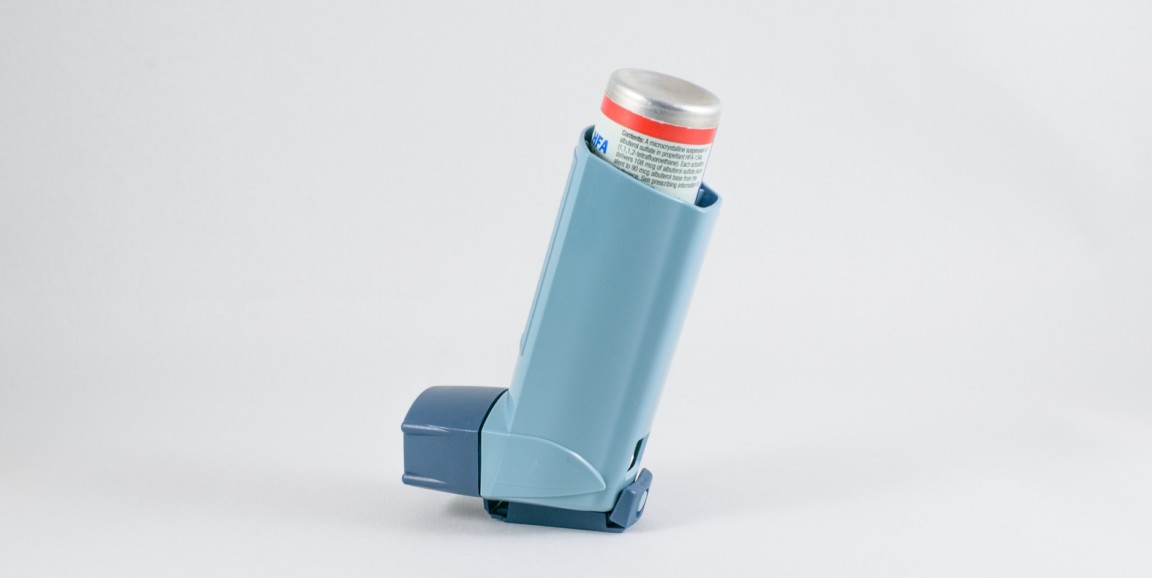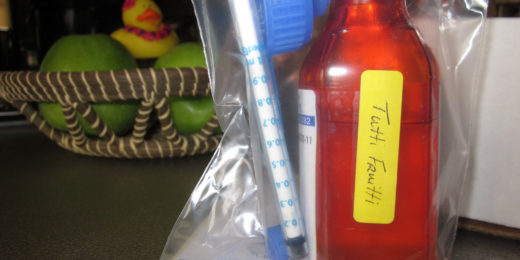Later this week, pediatric cardiologist and biomedical innovator Bronwyn Harris, MD, will be presenting at Stanford’s Childx conference as part of a panel on “Next generation management of chronic illness: Technology for real-time monitoring.” Harris, a Stanford-trained pediatric cardiologist, is now CEO of a biotech company, Tueo Health, that's developing an automated way for parents and physicians to monitor children with asthma. The company grew from Harris’s experience as the first pediatrician to complete the one-year biodesign innovation fellowship at the Stanford Byers Center for Biodesign. She spoke with me recently about the medical innovation landscape for kids.
Childx conference registration is still open.
How did the biodesign program help you translate your clinical experience into the world of biomedical innovation?
The biodesign program was instrumental for me. In your clinical training, you don’t have any time dedicated to innovation, to learning the process of how you really make a difference.
There’s that initial important step of identifying a clinical need, [and then asking] how do you evaluate what’s an important need, how do you make sure there’s business viability, how do you move forward? The biodesign program provides connections and support to help you along the way. I wouldn’t be where I am today without that; it really helped frame the way I think about clinical problems and understand how I can innovate for them.
What are the challenges and rewards of developing medical devices specifically for kids?
All of the lessons I learned from the fellowship are even more important in pediatrics. Compared to adult medicine, the market size is very small, so you have a steeper climb to make a business case that an innovation will work. In pediatrics there is also a large variety of constraints: The field captures patients all the way from premature babies up to 18-year-olds, and there are such huge differences between all those populations that it would be impossible to create one innovation for that entire group. Another challenge is that most children will live a long time, so if you are designing, say, an implantable device, your goal is for the device to have a very long life. As a result of these challenges, innovation in pediatric medicine is pretty far behind where it is in adults.
But being able to innovate in pediatrics and affect a child’s life long-term is great. When you look at quality-adjusted life years, looking at how big a difference can you make, it can be a huge impact. I think it would be hard to find anything more fulfilling. And when you’re innovating for a child, you’re also changing their family’s life, for instance by reducing the stress of managing a chronic disease.
You have a child with asthma, so you’ve approached the challenge of asthma monitoring from three points of view: pediatrician, parent and biomedical innovator. How has your experience as a mom changed your outlook on the other roles?
Being a parent managing a chronic disease is very different than being a physician managing it. As a physician, you see the child intermittently in clinic visits; you get little snapshots. As a parent, your child is there every single day. Every day there’s the potential for effects from their illness, and from the burden and challenge of monitoring them. There are periods when it’s not a big stress, but also times when it’s hard on a day-to-day basis to know: Are things getting better? Are things getting worse?
Having a child with asthma really hit home the need we identified during my biodesign fellowship: There is no good way to measure asthma control. You can feel really lost because you don’t know how to monitor the disease on a daily basis. It’s different on the clinical side, where doctors use complex tables and validated questionnaires to judge disease control. But when you’re at home with a child who is having trouble breathing, that isn’t good enough; it’s not the type of tool that you need as a parent.
It’s different than diabetes, where patients can see their blood sugar numbers, isn’t it?
I often give that example. In diabetes, people know where they stand. In asthma we’re not even there yet. In asthma, it’s really challenging for families to see effects of medications. It can take weeks to see the full effects of an inhaler they started, and they might think the medicine is not really working because they don’t accurately remember how bad things were four weeks ago, so they stop taking it.
And it’s hard to identify triggers for asthma attacks. You can make a difference if you know a patient’s environmental triggers, but if don’t notice early changes in asthma control, those are hard to pick up.
From a digital health standpoint, diabetes took off first. There was a good marker of control; there was all that data. The next step was to make the data user-friendly, and that has been successful. With asthma, the added challenge was that there wasn’t that first step of a marker of control. We’re creating that.
My company is using off-the-shelf sleep sensors and measuring small movements during sleep. (The sensors are not directly in contact with child.) Changes in sleep quality have been shown to correlate with changes in asthma control. We can also measure heart rate variation, and we can extrapolate that to respiratory rate. Every heart beat produces a characteristic vibration; when you’re lying still, the sensor can detect that. What we determine is a baseline for each individual patient, and then we can look at night-by-night trends and figure out when to send alerts to the patient’s family based on that data.
What opportunities do you see for technology to help better manage chronic diseases of childhood?
I’ve been focused on chronic diseases that don’t have good measures of control: asthma, chronic obstructive pulmonary disease and congestive heart failure. If you don’t have good measure of control, it’s harder to provide interventions you need. Using data from sensors can make a big difference.
Also extremely important is the fact that sensors can be passive, like sleep sensors. We’re also incorporating solutions for environmental data — including temperature, humidity, weather, pollution, allergens — which may give insights about potential triggers for chronic diseases such as asthma.
My talk at Childx will address translating data into clinical outcomes. There is a lot of data, such as data from fitbits, that is not yet routinely used in clinical care. How do we change that?
Photo by coltsfan






